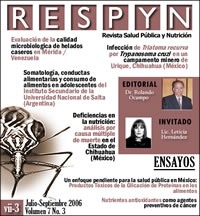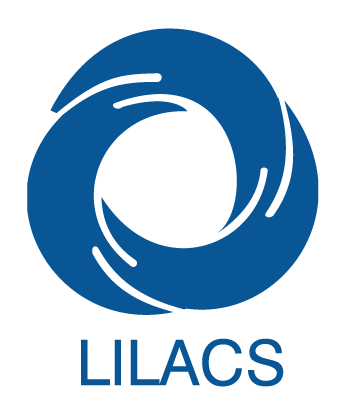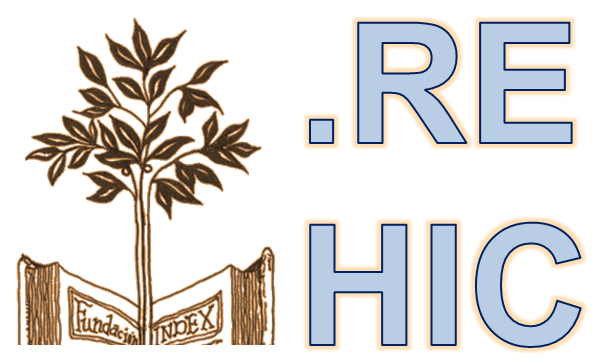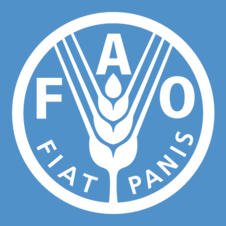UN ENFOQUE PENDIENTE PARA LA SALUD PÚBLICA EN MÉXICO: PRODUCTOS TÓXICOS DE LA GLICACIÓN DE PROTEÍNAS EN LOS ALIMENTOS
Abstract
Actualmente se sabe que los alimentos fritos, asados u horneados contienen una gran cantidad de glicotoxinas, éstas son producidas generalmente durante la cocción a altas temperaturas. En humanos y en modelos animales se ha demostrado que la ingesta de glicotoxinas alimentarias está asociada con la prevalencia de complicaciones secundarias a la diabetes y con la incidencia de algunos tipos de cáncer. Siendo un hallazgo reciente la presencia de glicotoxinas en alimentos, aún no se ha difundido la información suficiente entre los profesionales de la salud. En México, entre las directrices para la prevención y atención de la diabetes mellitus
tipo 2 no se encuentra el control del consumo de glicotoxinas alimentarias. Aún más, la concentración de glicotoxinas en alimentos procesados a nivel industrial aún no esta legislada.
Palabras clave: Glicotoxinas, Acrilamida, Carboximetil-lisina, Cáncer, Diabetes
Glycotoxins, Acrylamide, Carboxymethyl-lysine, Cancer, Diabetes
Downloads
References
Viniegra-González, G. 2005. Biotecnología, prioridades para el desarrollo. Ciencia y Desarrollo, No. Marzo (www.conacyt.mx/comunicacion/revista//181/Articulos/bioetcnologia.html)
Declaración de Acapulco: Propuesta de la sociedad Mexicana de Nutrición y Endocrinología para la reducción de la incidencia de la diabetes mellitus tipo 2 en México. 2005. Revista de Endocrinología y Nutrición. 13(1):47- 50.
Goldberg, T., W. Cai, M. Peppa, V. Dardaine, B. Baliga, J. Uribarri and H. Vlassara 2004. Advanced glycoxidation end products in commonly consumed foods. J. of the American Dietetic Association. 104:1287- 1291.
Mottram, D., B. Wedzicha and A. Dodson 2002. Acrylamide is formed in the Maillard reaction. Nature. 419:448–449.
Ames, J. 1990. Control of the Maillard reaction in food systems. Trends in Food Science & Technology. 1:150- 154.
Eriksson, C. 1981. Maillard reaction in Food: Chemical, Physiological and Technological aspects. In C. Eriksson, Progress in Food Nutrition and Science. Pergammon Press, Oxford. 5:441-451,
Clark, W and G. Serbia 1991. Safety aspects of frying fats and oils. Food Technol. 45:84-90.
Sumaya-Martínez, T., S. Thomas, B. Linard, A Binet and F. Guerard 2005. Effect of Maillard reaction conditions on browning and antiradical activity of sugar–tuna stomach hydrolysate model system. Food Research International.38:1045-1050.
Vlassara, H. and R. Palace 2002. Diabetes and advanced glycation endproducts. J. Intern Med. 251:87-101.
Méndez, J. 2003. Productos finales de glicación avanzada y complicaciones crónicas de la diabetes mellitus. Gac. Med. Mex. Vol 139, No. 1: 49-55.
Sugimura, T., K. Wakabayashi, H. Nakagama and M. Nagao 2004. Heterocyclic amines: Mutagens/carcinogens produced during cooking of meat and fish. Cancer Science. 95:290-299.
Sakata, N., Y. Imanaga, J. Meng, Y. Tahikawa, S. Takebayashi, R. Hagai and S. Horiuchi 1999. Increased advanced glycation endproducts in atherosclerotic lesions of patients with end-stage renal disease. Atherosclerosis. 142: 67-77.
Vitek, P., K. Bhattacharya, J. Glendening, E. Stopa, H. Vlassara, R. Bucala, K. Manogue and A. Cerami 1994. Advanced glycation end products contribuye to amyloidosis in Alzheimer disease. Proc Natl Acad Sci USA.. 91: 766-4770.
Vlassara, H. 2001.The AGE-receptor in the pathogenesis of diabetic complications. Diabetes/Metab Rev. 17: 436-443.
Cai, W., Q. Cao, I. Zhu, M. Peppa, C. He and H. Vlassara 2002. Oxidative stres-inducing carbonyl compounds from common foods: novel mediators of cellular dysfunction. Mol. Med. 8:337-346.
Koschinski, T., C. He, T. Mitsuhasshi, R. Bucala., C. Liu, C. Buenting, K. Heitmann and H. Vlassara 1997. Orally absorbed reactive glycation products (glycotoxins): An environmental risk factor in diabetic nephropathy. Proc. Natl Acad. Sci. 94: 6474-6479.
Peppa, M., H. Brem, P. Ehrlinch, J. Zhang, W. Cai, Z. Li, A. Croioru, S. Thung and H. Vlassara 2003. Adverse effects of dietary Glycotoxins on Wound Healing in Genetically diabetic mice. Diabetes. 52:2805-2813.
Eaton, J. and M. Quian 2002. Interactions of koper with glycated proteins: possible involvement in the etiology of diabetic neuropathy. Molecular and Cellular Biochemistry. 234/235: 135-142
Price, D., P. Rhett, S. Torpe and J. Baynes 2001. Chelating activity of advanced glycation endproduct inhibitors. The Journal of Biological Chemistry. Vol. 276, No. 52: 48967-48972.
Skog, K., M. Johansson and M. Jagerstad 1998. Carcinogenic heterocyclic amines in model systems and cooked foods: a review on formation, occurrence and intake. Food Chem. Toxicol. 36: 879−896.
Petersen, B. 2002. Exposure and biomarkers. JIFSAN/NCFST Acrylamide in Food Workshop. http://www.jifsan.umd.edu/ Acrylamide/acrylamide workshop.html.
Friedman, M. 2003. Chemistry, Biochemistry, and Safety of Acrylamide. A Review. J Agric. Food Chem. Vol. 51. No. 16:4504-4526
Organización Mundial de la Salud. 2002. Consecuencias para la salud de acrilamida en los alimentos. Informe de la consulta conjunta de FAO/OMS sede central de la OMS, Ginebra, Suiza 25-27 de junio de 2002.
Declaración de Acapulco, Op.cit.
Miyata, T., Y. Ueda, T. Shinzato, Y. Lida, S. Tanaka S, K. Kurokawa, C. Van Ypersele de Strihou and K. Maeda 1996. Accumulation of albumin-linked and free-form pentosidine in the circulation of uremia patients with end-stage renal failure: Renal implications in the pathophysiology of pentosidine. J Am Soc Nephrol. 7:1198- 1206.
Gugliucci, A. 2000. Glicación de proteínas: rol protagónico de la hiperglicemia en las complicaciones crónicas de la diabetes mellitus. Revista médica del Uruguay. Vol.16. No.1: 58-75.
Kowluru, R., J. Tang and T. Kern 2001. Abnormalities of retinal metabolism in diabetes and experimental galactosemia. VII Effect of long-term administration of antioxidants on the development of retinopathy. Diabetes. 50:1938-1949.
Vlassara, H., W. Cai, J. Crandall, T. Goldberg, R, Oberstein, V. Dardaine, M. Peppa and E. Rayfield 2002. Inflammatory mediators are induced by dietary glycotoxin, a mayor risk factor for diabetic angiopathy. PNAS. Vol. 99. No. 24:15596-15601.
Uribarri, J., M. Peppa, W. Cai, T. Goldberg, C. He and H. Vlassara 2003. Restriction of dietary glycotoxins reduces excessive advanced glycation end products in renal failure patients. J. Am Soc. Nephrol. 14:728-731.
Declaración de Acapulco, Op.cit.
Downloads
Published
How to Cite
Issue
Section
License
The rights of the work belong to the author or authors, however, by sending it for publication in the Public Health and Nutrition Magazine of the Faculty of Public Health and Nutrition of the Autonomous University of Nuevo León, they grant the right for its first publication in between electronic, and possibly, in print to the Public Health and Nutrition Magazine. The license used is the Creative Commons attribution, which allows third parties to use what is published whenever the authorship of the work is mentioned and the first publication that is in the Public Health and Nutrition Magazine. Likewise, the author or authors will take into account that it will not be allowed to send the publication to any other journal, regardless of the format. The authors will be able to make other independent and additional contractual agreements for the non-exclusive distribution of the version of the article published in the Public Health and Nutrition Magazine (e.g., institutional repository or publication in a book) provided they clearly state that The work was published for the first time in the Public Health Magazine, Magazine of the Faculty of Public Health and Nutrition of the Autonomous University of Nuevo León.










